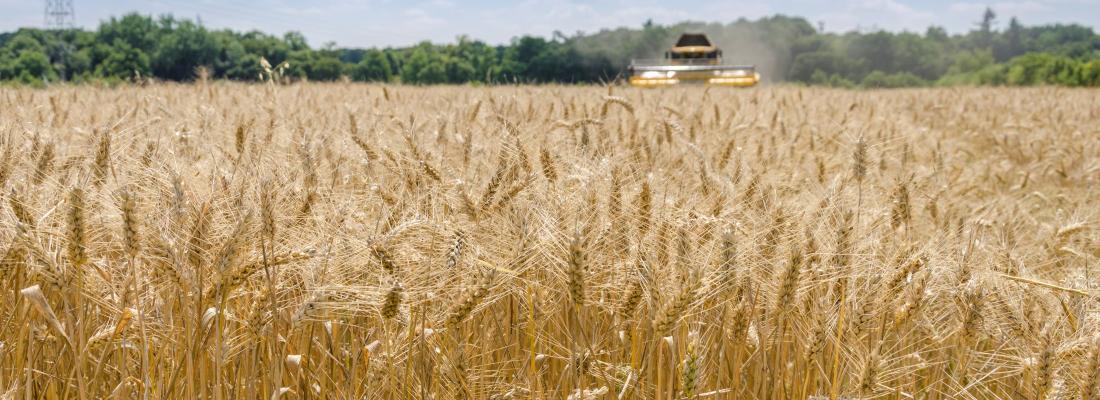Agroecology Reading time 3 min
Crop rotation: a global lever for yield, nutrition and revenue
PRESS RELEASE - An international study involving INRAE and coordinated by China Agriculture University has shown that the practice of crop rotation outperforms continuous monoculture in terms of yield, nutritional quality and farm revenues. The results, based on more than 3600 field observations from 738 experimental trials across six continents, have now been published in Nature Communications.
Published on 04 November 2025

Although crop rotation is practised widely in Europe, notably for the control of crop pests, diseases and invasive weeds, monocultures[1] still dominate in Africa and Southern Asia. Elsewhere, continuous monocultures can still be popular, particularly soybean monocultures in regions such as South America where market demand for this agricultural staple is strong.
To support the transition of agricultural systems at global scale, it is thus essential to quantify the costs, and benefits of crop rotations compared with monocultures, taking proper account of the particular characteristics of each of the world’s major agricultural regions. Despite the availability of much experimental data, no comprehensive synthetic and multi-criteria study of the impact of crop rotation has been conducted until now.
In this context, INRAE has been working as part of an international team, coordinated by China Agriculture University in Beijing, to collect and analyse a dataset of 3663 paired field trial observations drawn from 738 experiments between 1980 and 2024. Their goal was to quantify the impacts of crop rotation across three critical dimensions: yield performance (taking averages and variability into consideration), nutritional output (dietary energy, protein and micronutrients) and farm revenue.
Revenues rise by 20% with rotation
This multi-criterion meta-analysis has demonstrated that, looking at the entire rotational sequence and taking all crop combinations into account, the practice of rotational cropping increases total yields by 20% compared with that of continuous monoculture. The yield gain is a little greater when crop diversification includes legumes (such as peas, beans, clover, alfalfa) compared with a non-legume regime (+23% vs. +16%). The results also point to less year-on-year yield variability in crop rotations compared with monocultures. Turning to nutritional value, the results show that the energy and protein content of the foods produced are 24% and 14% higher respectively for crop rotations. What is more, crop rotation increases micronutrient content such as iron (Fe), magnesium (Mg) and zinc (Zn) by 27%, 17% and 17% respectively. Last, the data show a rise, under controlled experimental conditions, of 20% in farm revenues for rotations compared with monocultures.
The study enables specific crops to be selected for rotation to suit the production contexts of the various major global agricultural regions. In Argentina and Brazil, soybean-maize rotation can increase calorie content by 118%, nutritional quality by 191% and revenue by 189% compared with continuous soybean monoculture. In Western and Southern Africa, these gains are respectively 94%, 91% and 89% for a sorghum-maize rotation compared with continuous maize monoculture.
These results underline the importance and benefits of crop rotation for the sustainability of agricultural systems. They also highlight the need to improve our understanding of existing barriers (farming practices, supply chain and market structure, etc.) to the adoption of the practice of crop rotation in some areas of the world.
[1] The exclusive cultivation of a single plant species on the same agricultural land in successive years.
Reference
Mudare S., Jing J., Makowski D. et al. (2025). Crop rotations synergize yield, nutrition, and revenue: a meta-analysis. Nature Communications 16, 9552. DOI: https://doi.org/10.1038/s41467-025-64567-9
